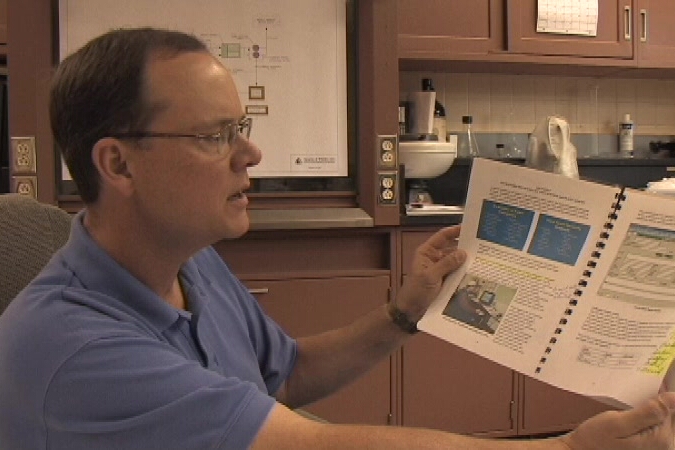3.2 What Do I Own?
The most fundamental question a utility owner, manager, or operator can ask, is what assets does the utility own? It is absolutely critical to understand what you own. It is hard to manage something effectively if you don't know what that "something" consists of. Although "what do I own" is a seemingly straightforward question, it is not always easy to answer. The difficulties arise from several factors. Some of the assets are underground and can't be seen; assets are put in over a long period of time; records regarding assets may be old, incomplete, inaccurate, or missing; and staff turnover in operations and management may limit historical knowledge of utility assets. Given these difficulties, it may not be possible to immediately create a complete inventory of all the assets in the utility. It is important to recognize that the goal is to create the best inventory possible given the resources (personnel and financial) and capabilities of the utility and to develop an approach to adding to or improving the inventory over time.
In determining the answer to the question, "What do I own?" consideration must be given to how to specifically define an asset. In general terms, assets are anything that you own that has value. However, this definition must be refined for a given utility. Some utilities may want to define assets in terms of dollar amounts. An asset could be defined as anything above $1,000 or $2,000 or any other amount that makes sense for the utility. In selecting this value consideration should be given to the total number of assets owned by the utility and the ability of the utility to track the number of assets that will result from the selected dollar amount. For example, defining an asset as anything with value over $500 may result in 2,000 assets for the utility, while selecting a value of $3,000 may result in 400 assets for the utility. Both choices are equally valid options, but it may be too difficult to track 2,000 assets for a utility with a small staff, or it may not provide sufficient benefit to the utility to track assets with such a low dollar value.
On the other hand, choosing $3,000 may leave important assets out of the inventory or may not provide detailed enough information to manage the utility effectively. A value in between these two amounts may provide sufficient detail without being unduly burdensome.
Another way to answer the question of what defines an asset, is to define an asset as anything the utility would write a work order for. For example, if the utility would write a work order on a pump impeller if that part needed repair or replacement, then the impeller itself can be defined as an asset in addition to the pump it is a part of. If the utility would only write a work order for the pump, but not the impeller, then the impeller is not considered a separate asset.
These two approaches - dollar value or work order - or some combination of the two are the most common methods of establishing what defines an asset. Each entity should establish its preferred method of defining an asset. The main considerations include ability to handle the number of assets that results from the chosen option and being able to consistently apply the approach. The selected approach can be modified over time if it does not meet the needs of the utility.
Consider the example of Old Forge, NY. This utility selected a dollar amount of $500 to define an asset and then determined that this approach resulted in more assets than they could effectively track. For this utility, assets of that value could be replaced within the operating budget and did not need to be tracked. There was insufficient benefit for the utility to track assets at this dollar amount. Old Forge subsequently raised the dollar amount to define assets as anything valued over $1,000.




